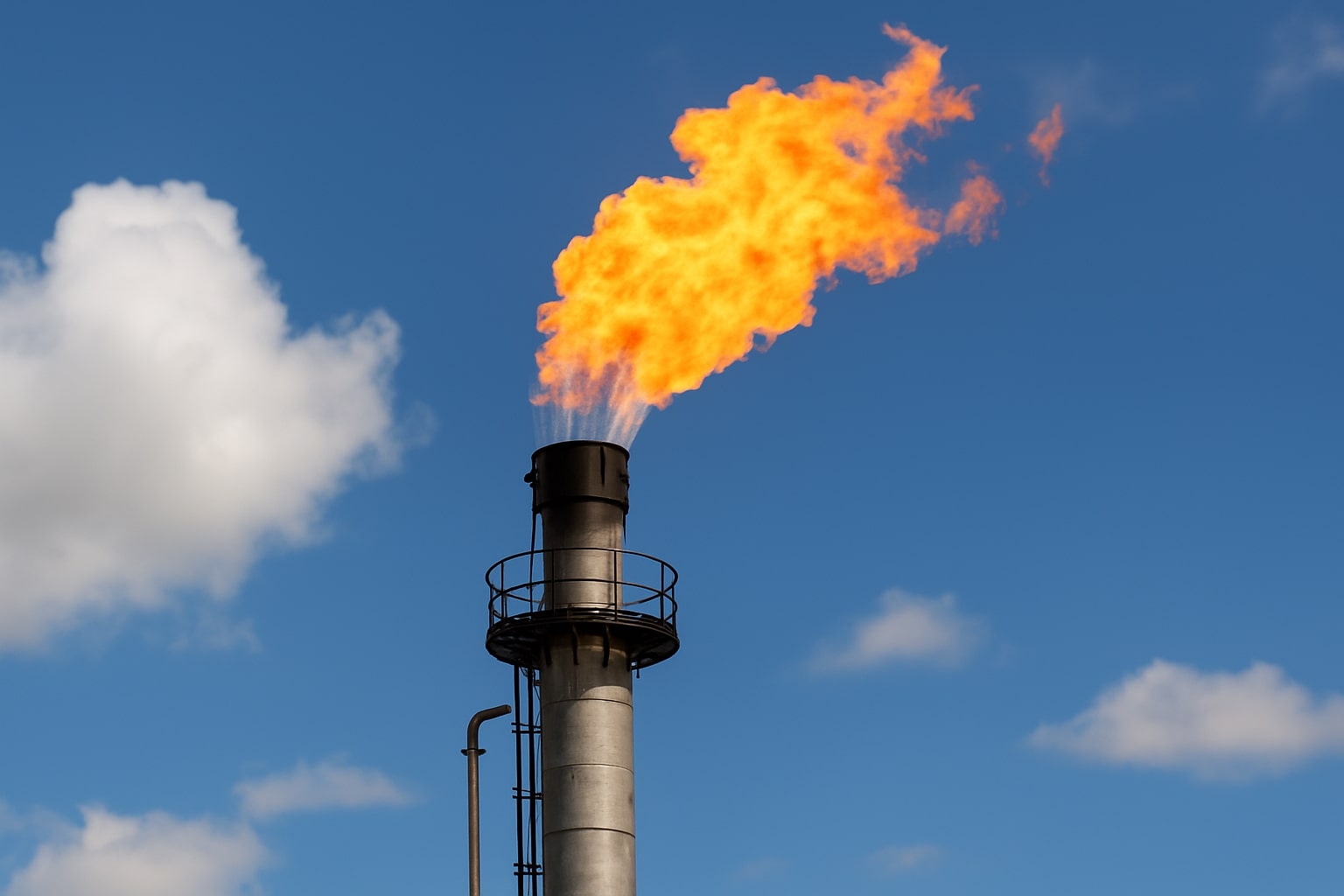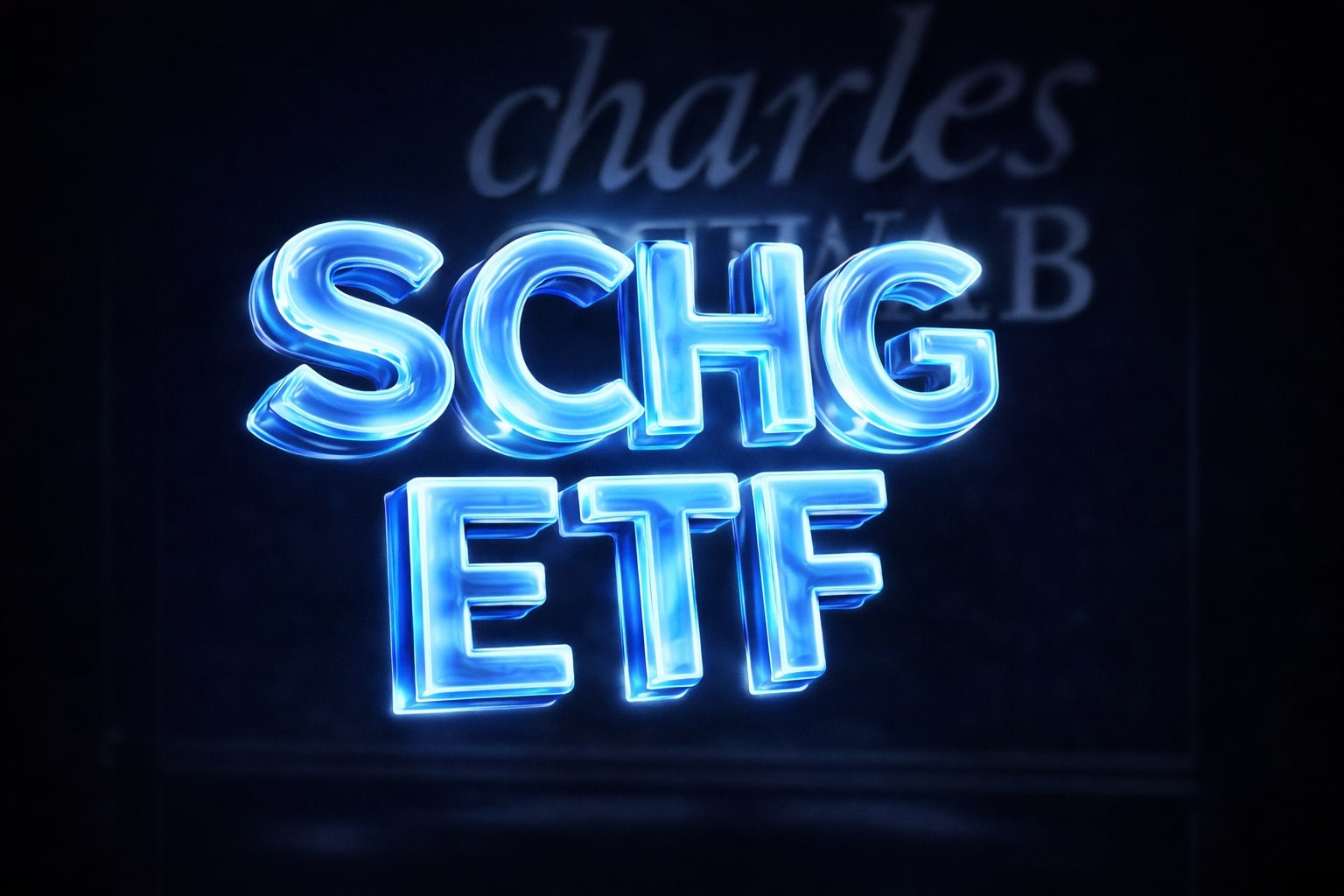
Natural Gas Futures Price (NG=F) Hover at $3.20 as AECO Prices Crash Below Zero and Storage Swells Toward 3.8 Tcf
With production steady at 107 Bcf/d and the November contract stuck under $3.25, traders weigh oversupply risks against technical signals pointing to $3.35–$3.50 resistance | That's TradingNEWS
Natural Gas Futures NG=F Struggle at $3.20 as October Contract Expires
Natural gas futures finished the week with heavy indecision. The October contract for NG=F closed on light volume below $3.20/MMBtu, signaling a lack of conviction among traders. The November contract also hovered near the $3.20 level, reflecting bearish pressure as supply remains elevated. Despite brief rallies to $3.25 intraday, momentum quickly faded. The market is caught between surging production and sluggish autumn demand, setting up a fragile balance before the heating season begins.
U.S. Production at 107 Bcf/d Keeps Pressure on Prices
Daily dry gas production across the Lower 48 states continues to average 107 billion cubic feet per day (Bcf/d), one of the highest output levels ever recorded. This relentless supply expansion is overwhelming demand, which is easing as air conditioning load fades into October. Pipeline hubs across Texas and the Midwest reflect the imbalance: Waha basis dropped to –$0.905, El Paso Permian slumped to –$0.94, and the El Paso–Waha Pool fell deeper into discount territory at –$1.045. These localized price collapses show the bottlenecks in moving gas out of West Texas into premium markets.
EIA Storage Builds Threaten a Supply Glut Before Winter
Storage remains a heavy overhang on NG=F. The latest EIA injection of 75 Bcf for the week ending September 19 pushed inventories close to 3.5 trillion cubic feet (Tcf). Analysts project stocks could reach 3.8 Tcf by the end of October, a level that would leave the market extremely well supplied ahead of peak winter demand. Any injections above 100 Bcf in the coming weeks would reinforce the bearish outlook and pressure futures under the $3.00 threshold.
Canadian AECO Hub Collapses Into Negative Territory
The most dramatic move this September has come from Canada’s AECO hub, where spot prices plunged to between –$0.55 and –$0.80 per gigajoule (GJ). This marked the lowest pricing in over a decade. Producers like Pine Cliff Energy were forced to shut in wells, while some even accepted payments to take excess gas from competitors. ARC Resources, Tourmaline, and Canadian Natural Resources have also reduced output or hedged more than half their production to shield cash flows. The collapse is largely tied to pipeline maintenance and the delayed ramp-up of LNG Canada’s export terminal at Kitimat, which began shipping in July but has not yet absorbed the glut.
Technical Signals Point to Key Inflection for NG=F
On the charts, natural gas is forming a bullish outside week, with resistance tested at $3.25. A rising ABCD pattern has emerged, with a measured target at $3.35 and a confluence of resistance near $3.49–$3.51, which aligns with the 200-day moving average and Fibonacci projections. Momentum improved as the 20-day moving average crossed above the 50-day, but support remains critical at $2.98–$3.00, where the 10-day, 20-day, and 50-day averages converge. A breakdown under this cluster could drag futures back to $2.75, while a sustained break above $3.35 would validate the bullish reversal.
Read More
-
SCHG ETF Near $33 High As AI Giants Drive 19% 2025 Rally
01.01.2026 · TradingNEWS ArchiveStocks
-
XRP-USD Stuck At $1.87 As XRPI Near $10.57 And XRPR Around $14.98 Despite $1.16B ETF Wave
01.01.2026 · TradingNEWS ArchiveCrypto
-
Natural Gas Price Forecast - NG=F Slides Toward Key $3.57 Support As Ng=F Extends 33% Drop
01.01.2026 · TradingNEWS ArchiveCommodities
-
USD/JPY Price Forecast - Yen Near 156 As Fed Cuts Meet Boj Hawkish Turn
01.01.2026 · TradingNEWS ArchiveForex
Macro Events and ETF Flows Add Complexity
Institutional flows and macro signals are shaping sentiment. The REX/Osprey Natural Gas ETF has drawn notable inflows, reflecting investor positioning for winter demand and the eventual uplift from LNG exports. Meanwhile, U.S. core PCE inflation stayed flat, reinforcing expectations of a Federal Reserve rate cut later in 2025, which could add liquidity to risk assets. At the same time, global LNG demand remains supportive, with U.S. exports averaging nearly 14 Bcf/d at over 90% utilization. Any disruption from hurricane season could provide bullish sparks, while weaker offtake would leave storage surpluses swelling.
Outlook for NG=F Into Q4 2025
The November NG=F contract near $3.20 is balanced at a critical pivot. Bulls must secure a daily close above $3.35 to open the door to $3.50 resistance, while bears are focused on the $2.98–$3.00 support cluster. Canadian AECO’s negative pricing underscores the oversupply threat, but U.S. futures benefit from stronger export demand and technical compression. With production still at 107 Bcf/d and storage climbing toward 3.8 Tcf, the bias leans cautiously bearish with a hold rating until either $3.35 breaks convincingly or $3.00 collapses under pressure.



















